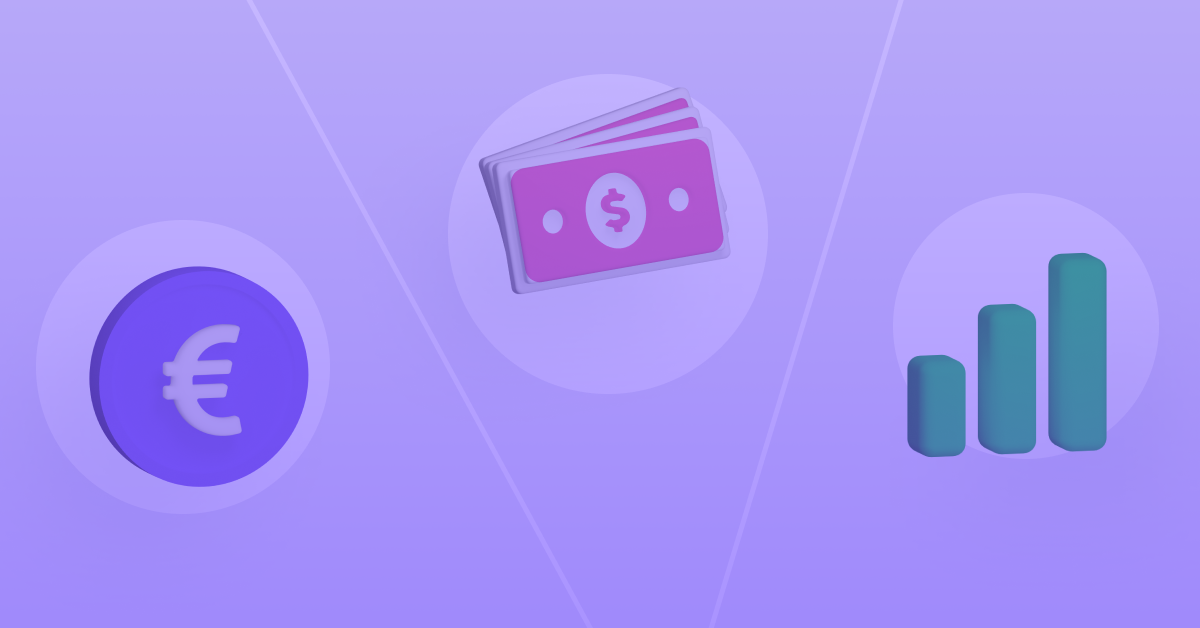Compounding Explained: The Investor’s Advantage in P2P Lending or Turn Interest into Wealth: Compounding in P2P Investments

What is Compound Interest in P2P Lending?
Peer-to-peer (P2P) lending has become an increasingly popular way for investors to earn passive income. Instead of leaving funds in low-yield savings accounts, P2P platforms connect investors directly with borrowers – often small businesses – offering annual interest rates in the 10-15% range.
One of the most powerful advantages of P2P lending is the ability to leverage compound interest. By reinvesting the interest you earn, your principal grows over time – meaning each payout generates more earnings in the next period. This “interest on interest” effect can significantly increase total returns, especially when combined with high-yield investments.
How Compound Interest Works
Compound interest is the process of adding earned interest back to your investment balance so that future interest is calculated on a larger amount. Over time, this creates an exponential growth effect.
To illustrate:
- With simple interest, €100,000 invested at 5% annually earns €50,000 over 10 years.
- With monthly compounding, the same investment would generate about €64,700 in interest – €14,700 more than simple interest.
Even small differences in interest rates can have a large impact. The Rule of 72 helps estimate how long it takes to double your money: divide 72 by the interest rate. For example, at 12% annual interest – common in P2P lending – a portfolio doubles in roughly 6 years.
Why P2P Lending Maximizes the Compounding Effect
P2P platforms often distribute interest monthly rather than annually. This allows investors to reinvest 12 times a year, accelerating growth. Historical data shows average annual returns of around 11-12% in the P2P sector, with low fees and relatively stable performance.
Every extra percentage point in yield makes a difference. Over decades, a 1% higher interest rate can have a bigger impact on final returns than increasing compounding frequency – as long as it’s sustained over time.
On Debitum, investors benefit from monthly payouts and an Auto-Invest tool that reinvests funds automatically, ensuring capital is always working.
Example: High-Yield, Short-Term Opportunities
For investors seeking strong returns with shorter commitments, Foresto by Sandbox Funding offers an attractive option:
- Annual Yield: 16.5%
- Maturity: 4 months
- Loan Originator Track Record: No defaults, on-time payments
Because the duration is short, investors can recycle capital multiple times a year – boosting the compounding effect without locking up funds long-term.
Building a Compounding Strategy in P2P Lending
To make the most of compounding in P2P investments:
- Reinvest earnings consistently.
- Diversify across quality loans for stability.
- Stay invested long-term to let compounding work.
On regulated platforms like Debitum Investments, with collateral-backed assets and transparent reporting, these principles help grow passive income faster.
This is a marketing communication and should not be interpreted as investment research, advice, or an endorsement to invest. The historical performance of financial instruments is not indicative of future outcomes. Investing involves risks; the value of investments may fall as well as rise. Be sure to assess your knowledge, experience, financial situation, and investment goals before investing.